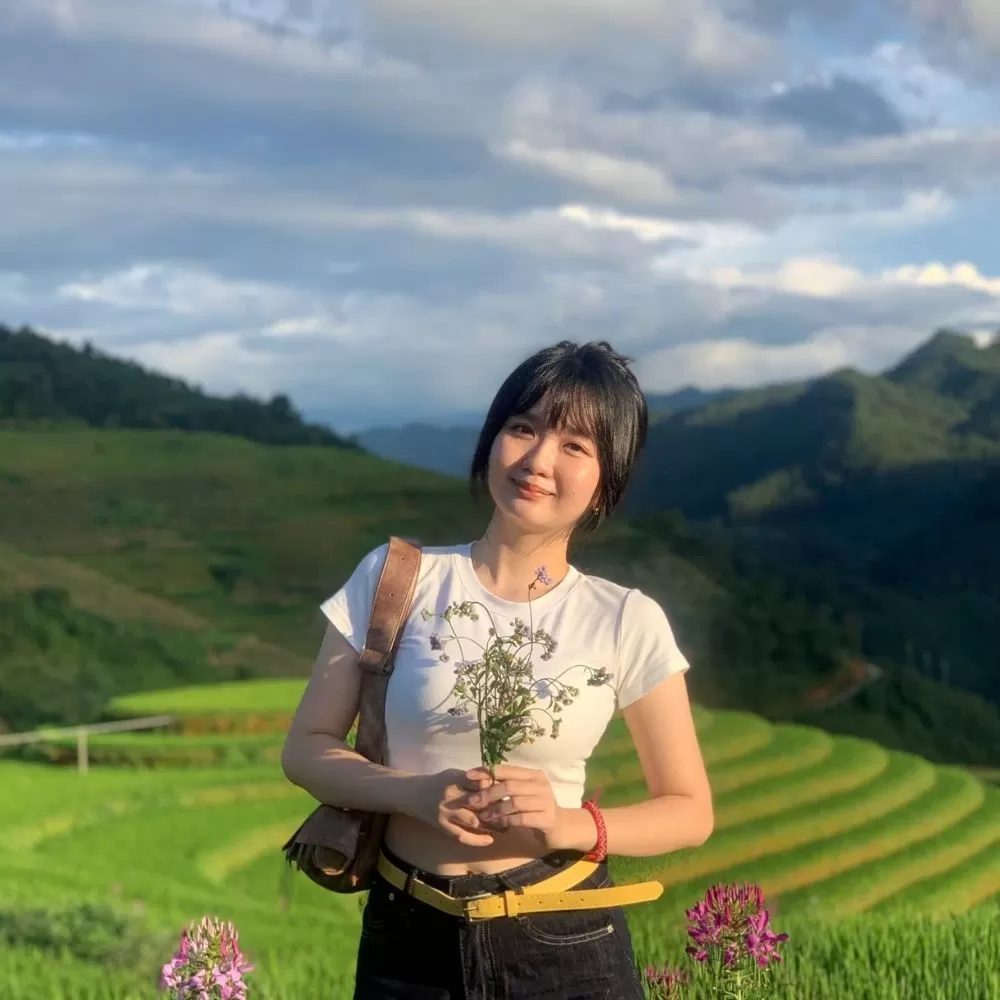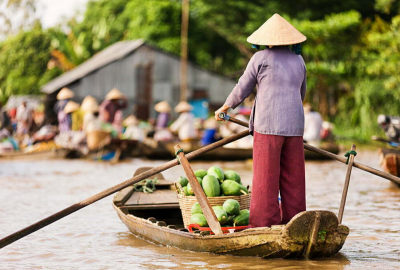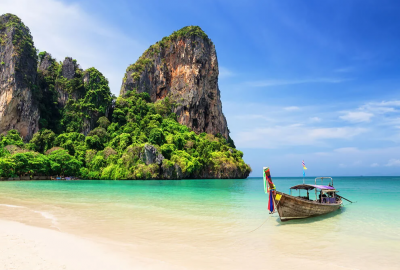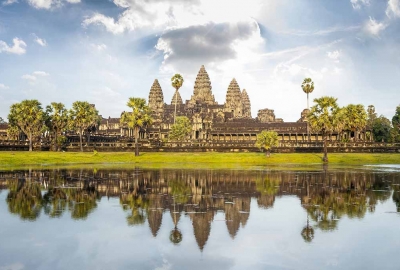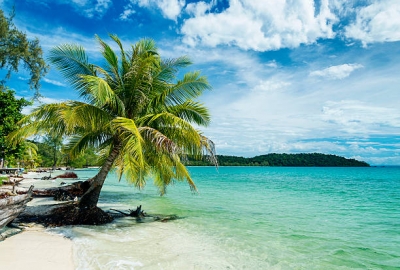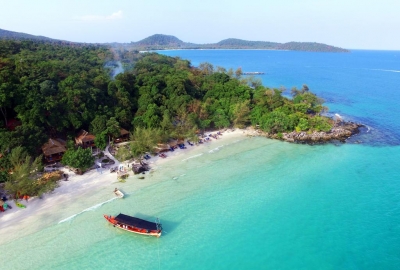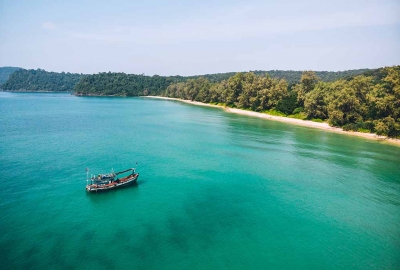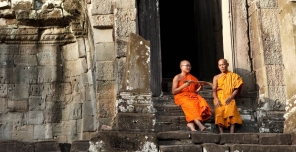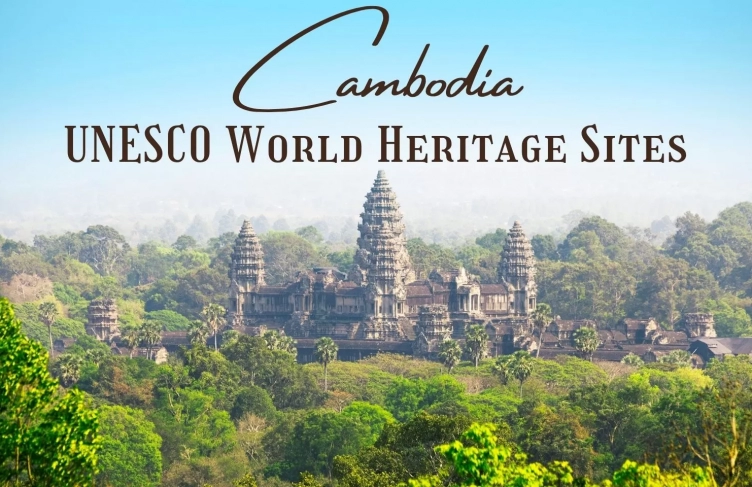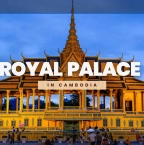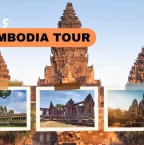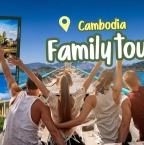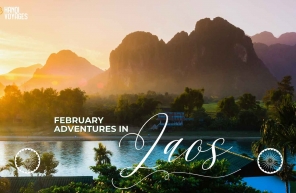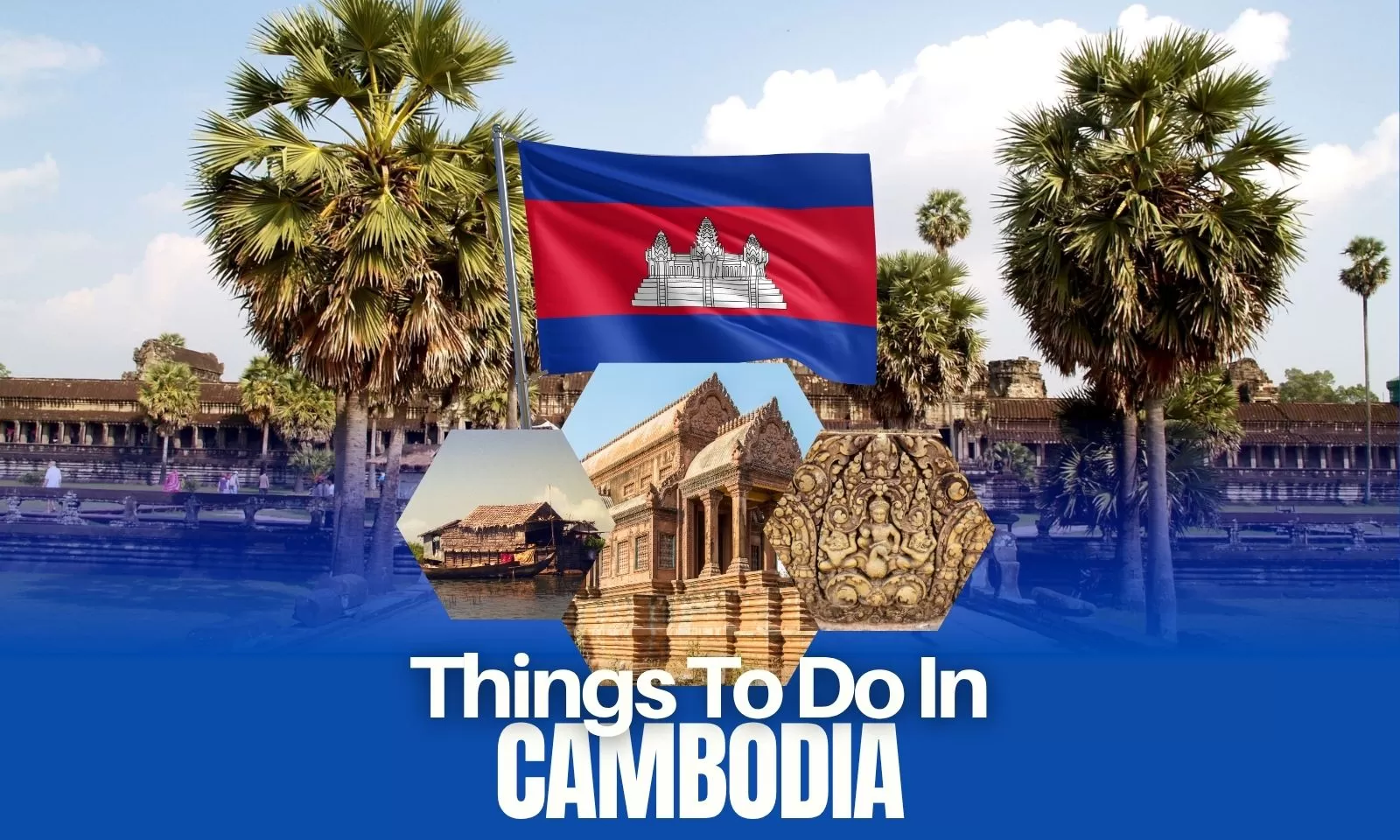
Things To Do In Cambodia

Situated in Southeast Asia, Cambodia is a land of ancient temples and vibrant culture, offering a rich tapestry of history and tradition. From the awe-inspiring Angkor Wat to bustling local markets, Cambodia invites visitors to explore its myriad of attractions and discover its timeless charm.
The Kingdom of Cambodia, once ancient Khmer Empire, now modern-day travelers destination, offers a piece of everything.
Ancient temples, bustling markets, serene landscapes, and vibrant festivals reflect the country’s storied past.
A boat ride on Tonle Sap Lake completes this picturesque journey in an atmosphere reminiscent of ancient Cambodia.
- Discover the wonders of Cambodia with Hanoi Voyages for an unforgettable experience.
And what are the best places to visit in Cambodia that you should definitely not miss? Without further ado, let’s get started!
When is the best time to visit?
The best time to visit Cambodia is during the dry season, from November to April, when the weather is cool and pleasant, making it ideal for exploring temples, beaches and bustling cities. This period offers clear skies, perfect for visiting Angkor Wat at sunrise or relaxing on the pristine shores of Koh Rong. However, the green season (May to October) also has its charm, with lush landscapes and fewer crowds, offering a more serene travel experience.
Things to do in Cambodia? Must-see destinations
Beyond its rich history, Cambodia offers diverse experiences ranging from cultural discoveries and outdoor adventures to relaxing by the sea. Here are some of the must-see destinations in Cambodia and what you can do in each.
Siem Reap - Temples of Angkor
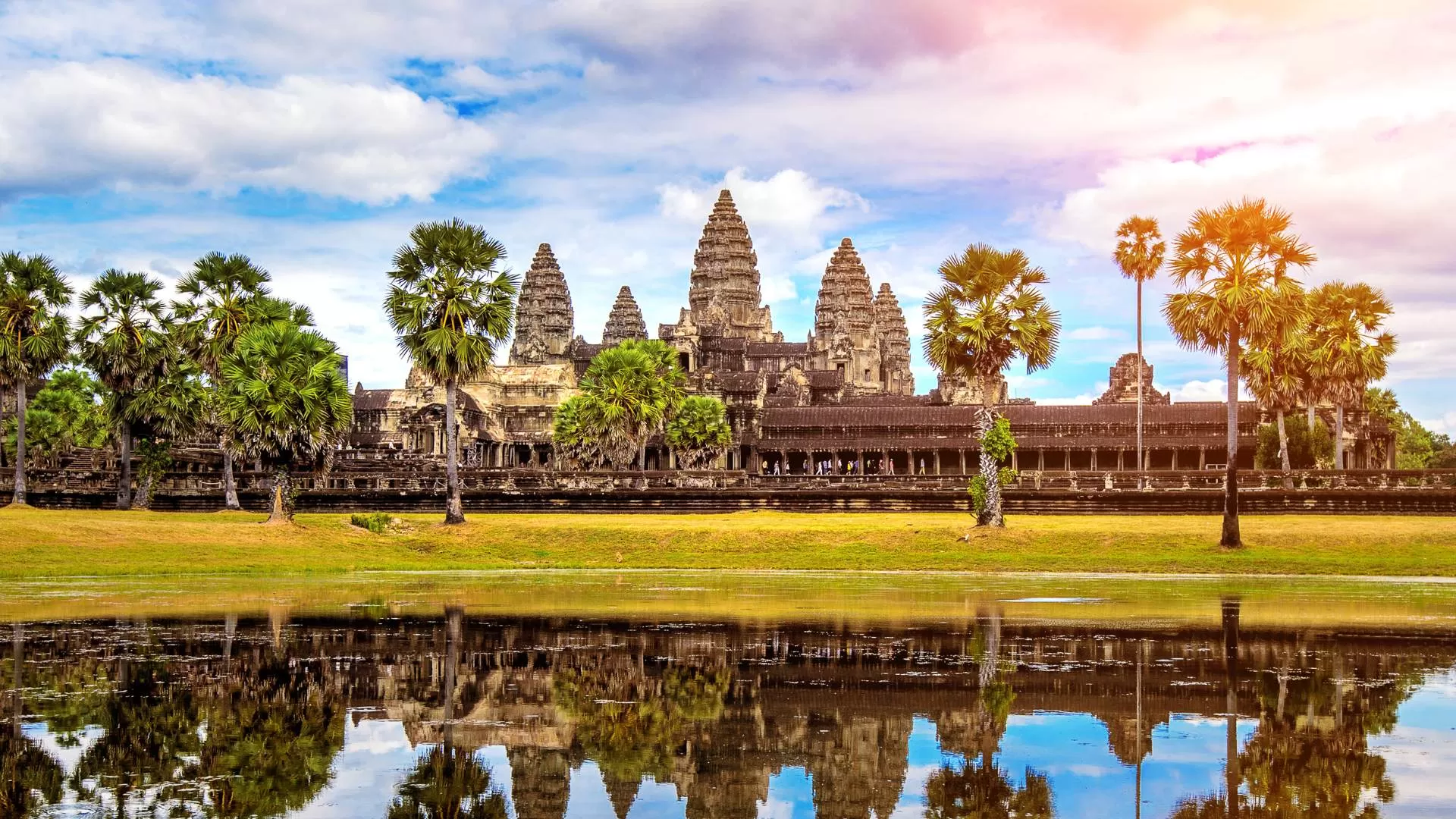
Siem Reap is the gateway to Cambodia’s most iconic attraction, the Angkor temple complex. This lively town also offers a mix of markets, nightlife, and cultural shows.
Points of interest to visit in Siem Reap:
Angkor Wat: The largest religious monument in the world, known for its stunning architecture and intricate carvings.
Bayon Temple: Famous for its giant smiling stone faces and impressive bas-reliefs depicting historical events and daily life.
Ta Prohm: Enshrouded in towering trees and jungle, it’s known as the "Tomb Raider Temple" due to its appearance in the movie.
Banteay Srei: A 10th-century temple dedicated to the Hindu god Shiva, renowned for its beautiful and detailed pink sandstone carvings.
Angkor Thom: The last and most enduring capital city of the Khmer empire, featuring the magnificent Bayon Temple at its center.
Phnom Bakheng: A Hindu and Buddhist temple known for its hilltop location and spectacular sunset views over Angkor Wat.
Preah Khan: A sprawling temple complex dedicated to the king's father, showcasing a blend of intricate carvings and jungle atmosphere.
Neak Pean: An artificial island with a Buddhist temple, known for its central pond and surrounding smaller ponds symbolizing the Himalayan lake Anavatapta.
Ta Som: A smaller, lesser-known temple, famous for its picturesque, tree-covered east gate.
Kbal Spean: Also known as the River of a Thousand Lingas, featuring carvings etched into the riverbed and a scenic waterfall.
Phnom Penh - The Cambodian capital
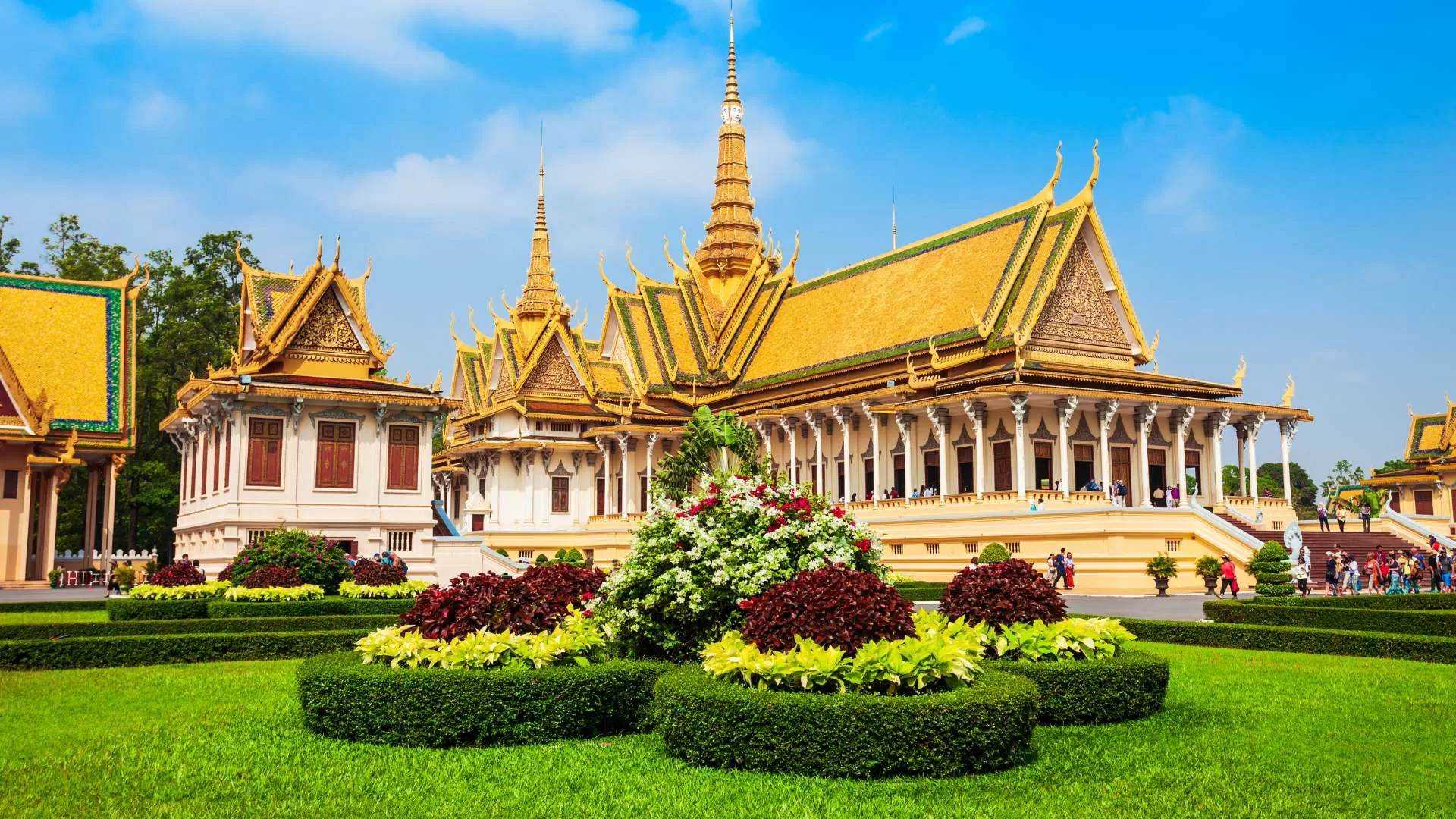
Phnom Penh sits on the banks of the Mekong and Tonle Sap rivers, blending French colonial architecture with modern growth. It is also the best place to learn about Cambodia’s history.
Points of interest to visit in Phnom Penh:
Royal Palace: A striking complex of buildings serving as the royal residence of the king of Cambodia, featuring beautiful Khmer architecture and lush gardens.
Silver Pagoda: Located within the Royal Palace grounds, this temple is named for its floor, which is covered with five tons of gleaming silver tiles.
National Museum of Cambodia: Home to the world's finest collection of Khmer sculpture, this museum offers a fascinating glimpse into Cambodia's rich cultural history.
Tuol Sleng Genocide Museum: A former high school turned into a prison by the Khmer Rouge, this museum serves as a sobering reminder of Cambodia's recent history.
Choeung Ek Genocidal Center: Also known as the Killing Fields, this site is a memorial to the victims of the Khmer Rouge regime, featuring a stupa filled with the skulls of those who perished.
Phnom Penh Night Market: A bustling market offering a wide range of local goods, street food and cultural performances, perfect for an evening out.
Wat Phnom: The tallest religious structure in the city, this temple offers panoramic views of Phnom Penh and a glimpse into the city's history.
Central Market (Phsar Thmei): An Art Deco landmark, this market is a great place to shop for souvenirs, jewelry and clothing.
Battambang - The capital of rice
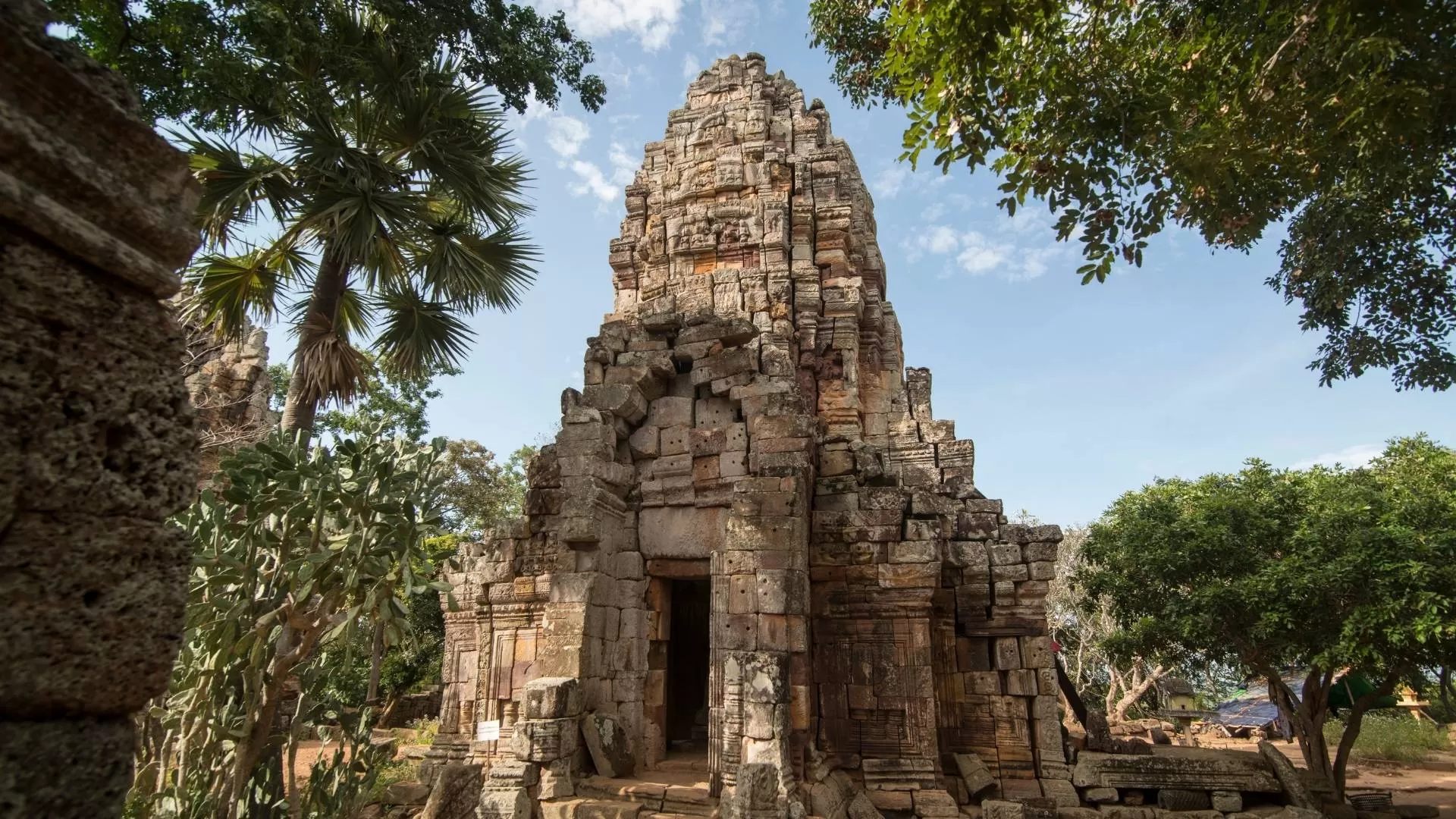
Battambang is Cambodia’s countryside heartland, known for its rice production, colonial architecture, and growing art scene.
Points of interest to visit in Battambang:
Phnom Sampeau: A hilltop temple complex with stunning views, famous for its Killing Caves and a daily bat exodus from a nearby cave.
Bamboo Train (Norry): A unique and thrilling experience, this makeshift railway offers a ride through the countryside on a bamboo platform.
Battambang Bat Caves: Located at the base of Phnom Sampeau, these caves are home to millions of bats that emerge in a spectacular display at dusk.
Wat Banan: An ancient temple located on a hilltop, offering panoramic views and a glimpse into the region's history.
Colonial Architecture: Wander through the city to admire well-preserved French colonial buildings that reflect Battambang's historical charm.
Phare Ponleu Selpak: A circus school and arts center where you can enjoy performances by talented local artists and learn about their creative programs.
Ek Phnom: A 11th-century Angkorian ruin, surrounded by a moat and modern pagoda, providing a serene and picturesque setting.
Crocodile Farm: Get an up-close look at these fascinating reptiles and learn about their life cycle and behavior.
Kratie - A mellow riverside town
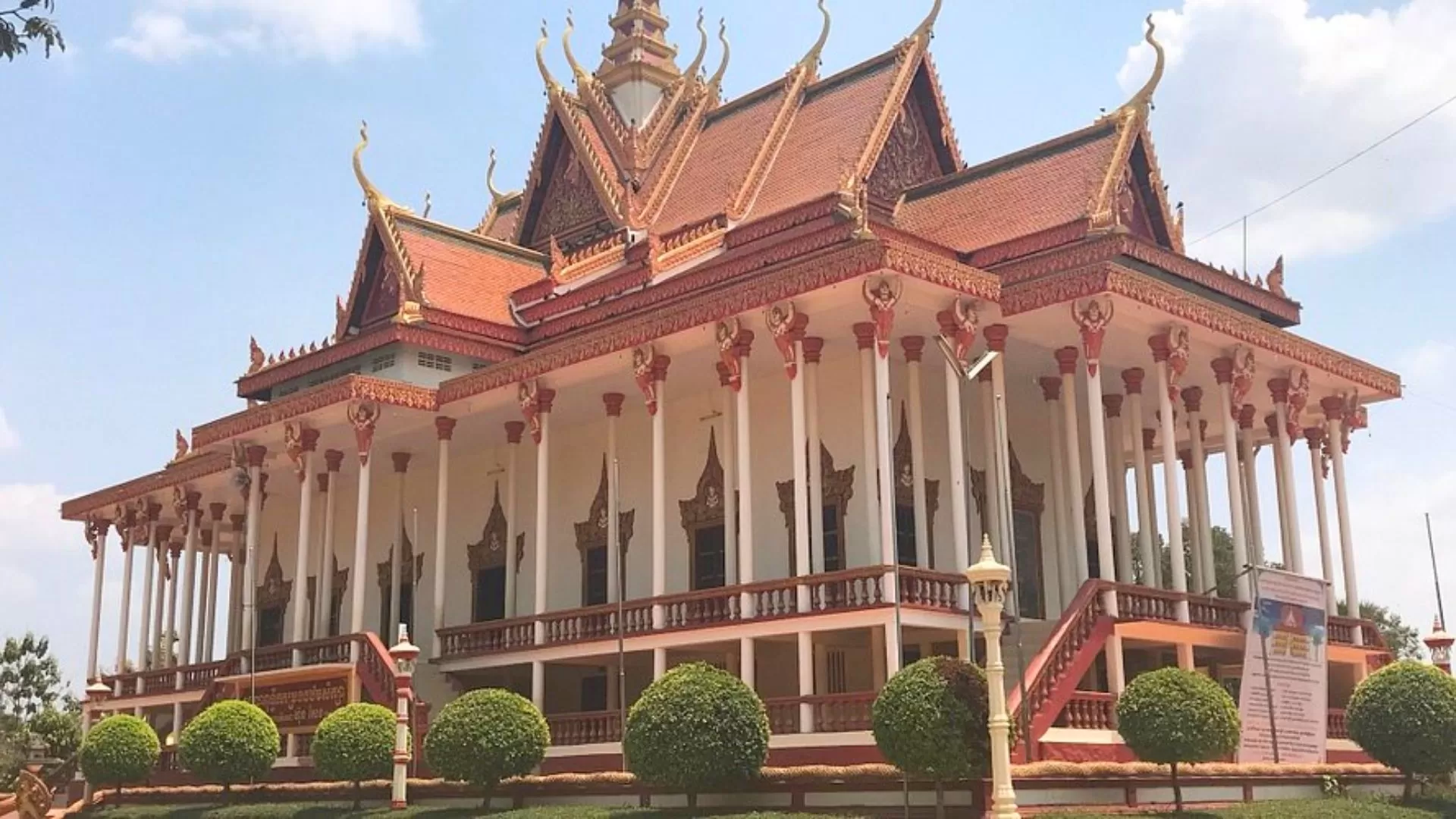
Set along the Mekong River, Kratie is a small town with a slow pace of life and beautiful riverside views.
Points of interest to visit in Kratie:
Kampi Dolphin Pool: The best spot to observe the endangered Irrawaddy dolphins in their natural habitat, with boat tours available for a closer view.
Koh Trong Island: A serene island in the Mekong River, perfect for cycling and exploring traditional Cambodian village life.
Phnom Sambok: A hilltop temple offering panoramic views of the Mekong River and surrounding countryside, along with peaceful surroundings for meditation.
Wat Rokar Kandal: A well-preserved 19th-century pagoda showcasing beautiful wooden carvings and a tranquil garden setting.
Kratie Market: A bustling local market where you can find fresh produce, local crafts and a taste of everyday life in Kratie.
100-Column Pagoda (Wat Sorsor Muoy Roy): A historical and cultural site known for its impressive architecture and significant religious importance.
Mekong Turtle Conservation Center: Dedicated to the protection of the endangered Cantor’s giant softshell turtle, offering educational exhibits and tours.
Sambor Town: Known for its ancient temples and as a gateway to the nearby dolphin pools, providing a glimpse into the region's history and culture.
Tonle Sap Lake - Cambodia’s great lake
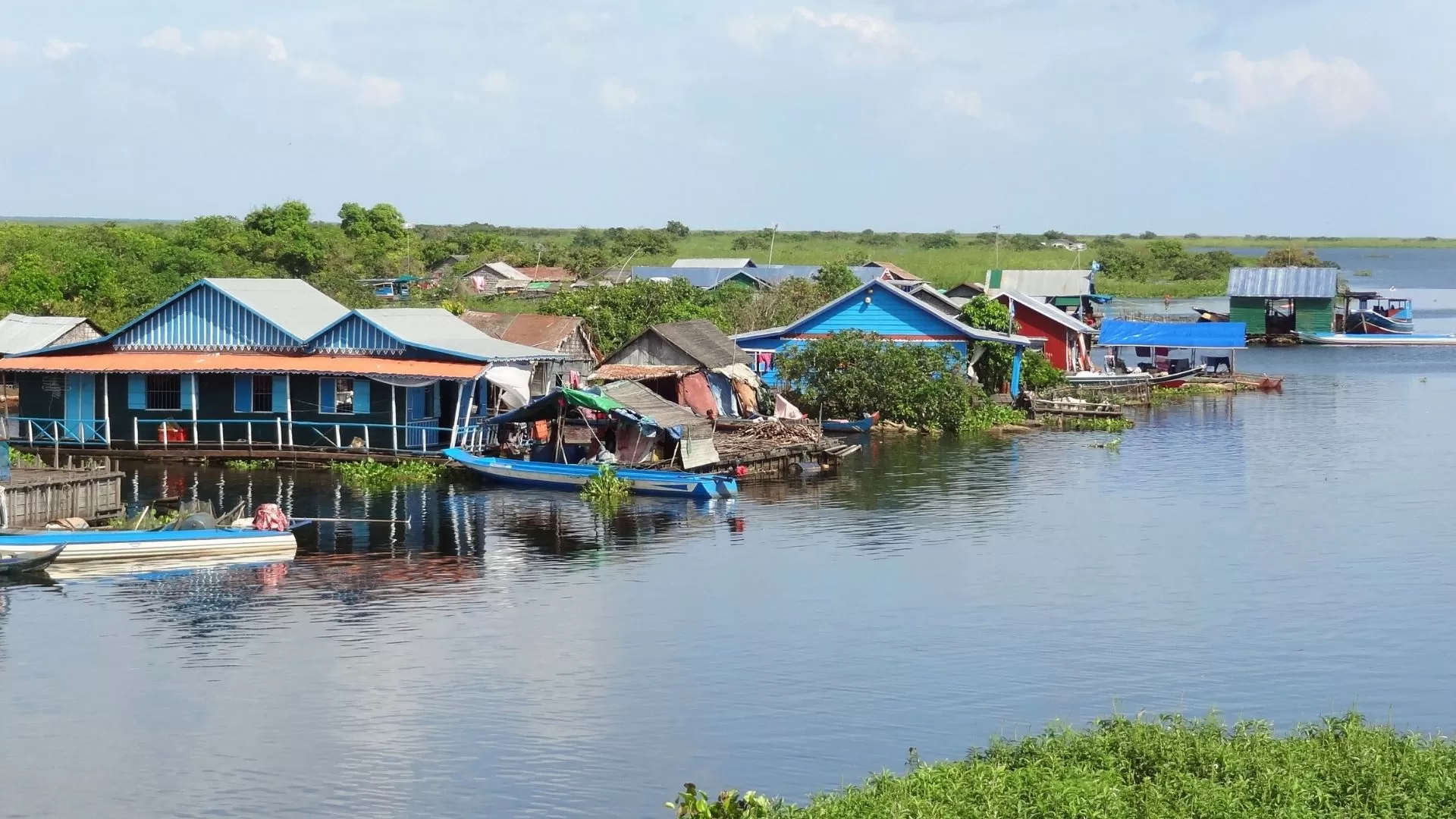
As the largest freshwater lake in Southeast Asia, Tonle Sap is central to Cambodia’s ecology and way of life.
Almost 90 percent of the 3 million population of the 5 provinces encircling the lake is earning a living from fishing and agriculture. You will be amazed by the floating villages and stilted houses!
Chong Khneas Floating Village: A popular starting point for exploring Tonle Sap, featuring houses, schools and shops floating on the water.
Kampong Phluk: Known for its impressive stilted houses that tower above the water during the dry season and appear to float during the wet season.
Prek Toal Bird Sanctuary: A haven for bird watchers, this sanctuary is home to a diverse array of water birds, including endangered species.
Kampong Khleang: One of the largest and least touristy floating villages, offering an authentic glimpse into the daily life of the lake's inhabitants.
Tonle Sap Biosphere Reserve: A protected area that supports a rich biodiversity, including fish, birds and other wildlife, crucial for the ecosystem.
Boat Cruises: Explore the vast expanse of the lake and its unique landscapes, visiting various floating villages and witnessing the local way of life.
Stilted Pagodas: Visit these unique religious sites built on stilts, showcasing the adaptation of traditional architecture to the lake's environment.
Stung Treng - The border gateway
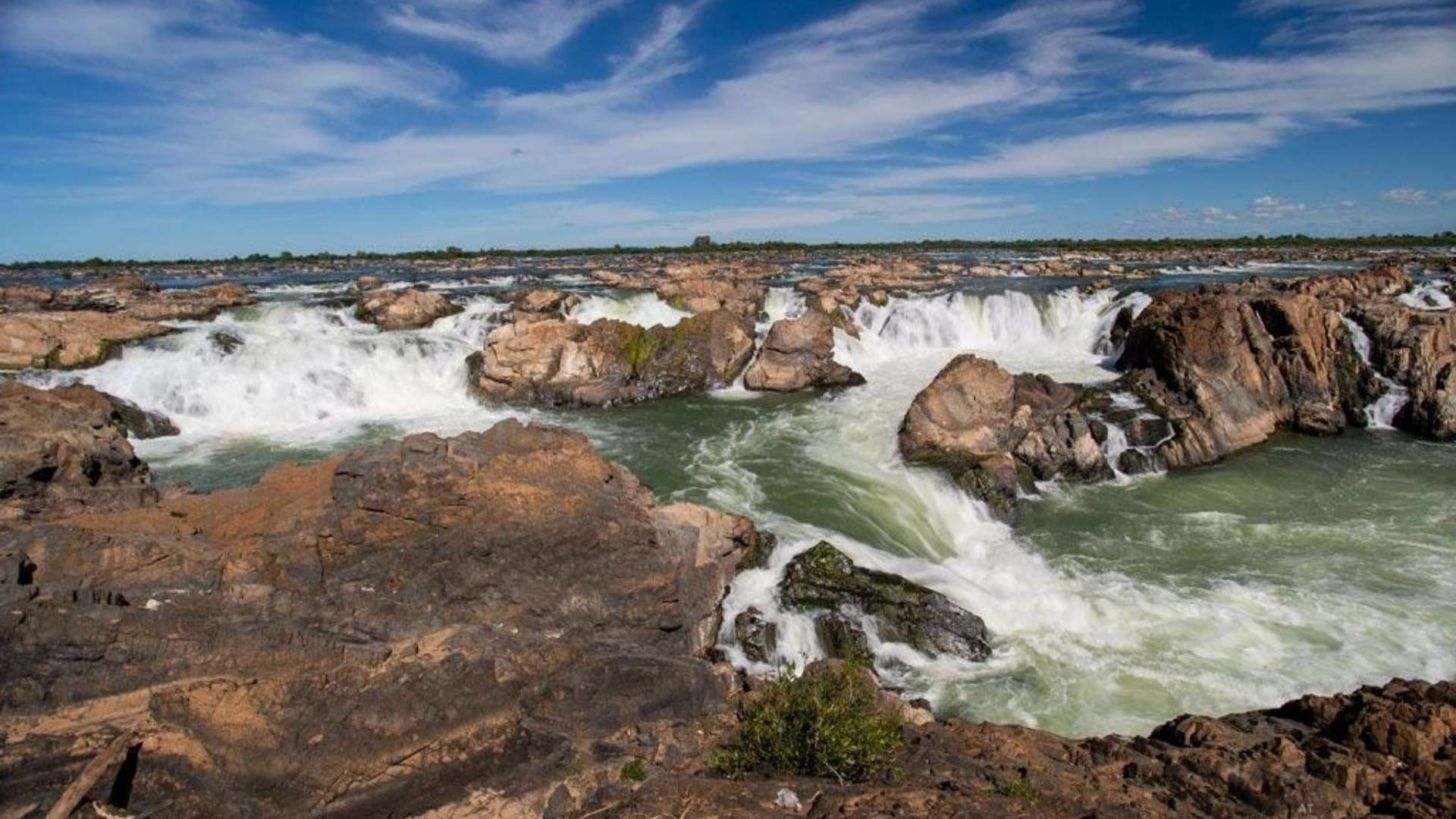
Close to Laos, Stung Treng is a quiet riverside province that’s great for eco-tourism and adventure.
Stung Treng is a peaceful place, where you will be able to encounter authentic minority ethnicities, Buddhist pagodas or flooded forest.
Preah Ko Temple: Visit this ancient temple known for its intricate carvings and historical significance.
Ramsar Wetlands: Discover the biodiversity of this protected area, home to various species of birds and aquatic life.
Koh Preah: An island in the Mekong River known for its sandy beaches and relaxing atmosphere.
Ou Svay Community: Experience local culture and traditions through visits to this riverside village.
Wat Phnom Dei: A tranquil pagoda offering panoramic views of the surrounding countryside and the Mekong River.
Mondulkiri - Highland escape
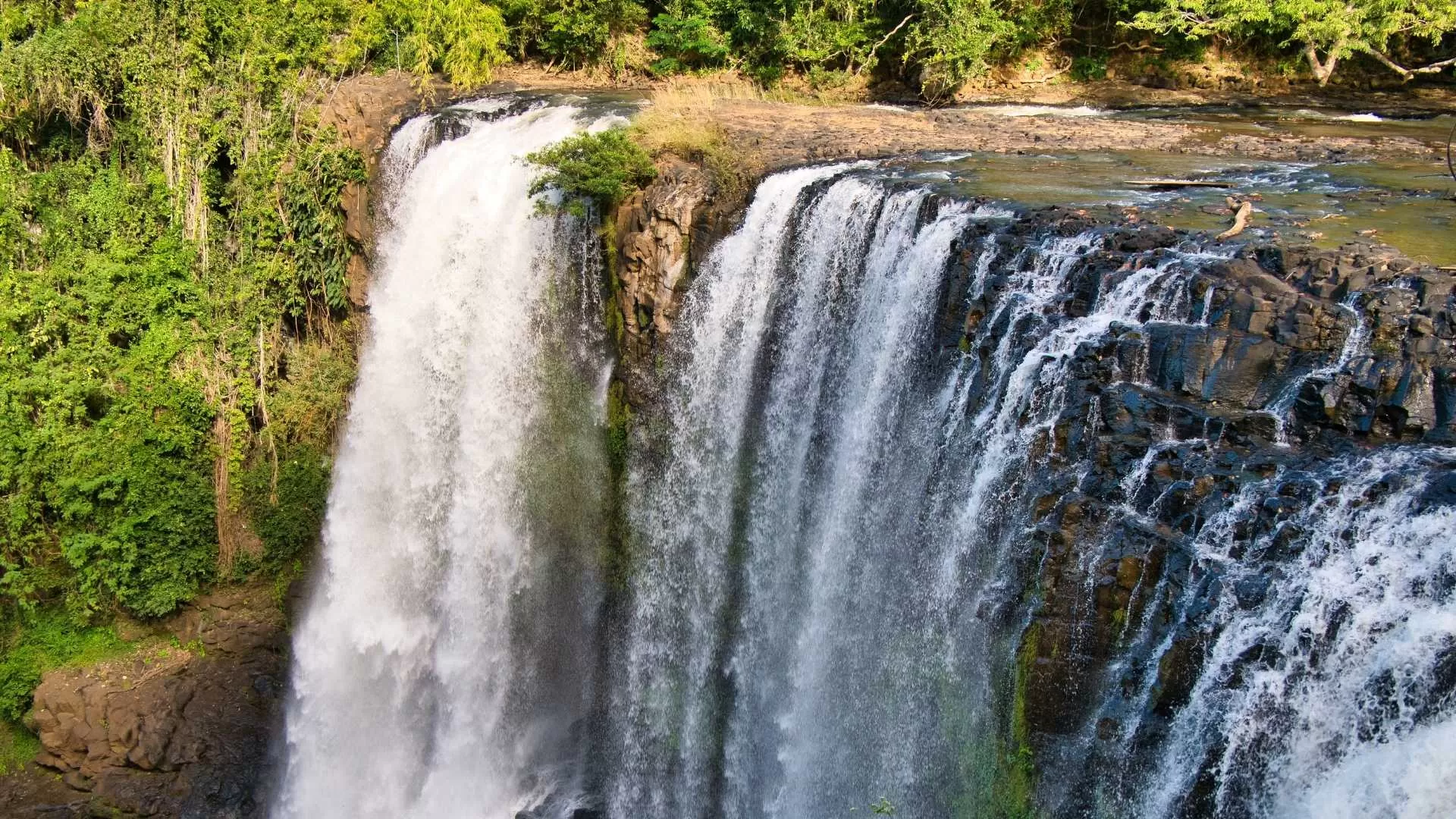
Mondulkiri is known for its cool climate, rolling hills, and elephant-friendly conservation projects.
Points of interest to visit in Mondulkiri:
Sen Monorom: Explore the least populated and least touristy region of Cambodia. A journey through time!
Ethnic Minority Encounters: In a forested environment with dense vegetation, meet various ethnic minority groups.
Swimming at Monorum Waterfall: Enjoy a refreshing swim at Monorum Waterfall, where nature reigns supreme.
Excursion to Bou Sra Waterfall: Visit Cambodia's most impressive waterfall in a beautiful natural setting. Swim and relax by the cascade.
Sihanoukville - A seaside resort
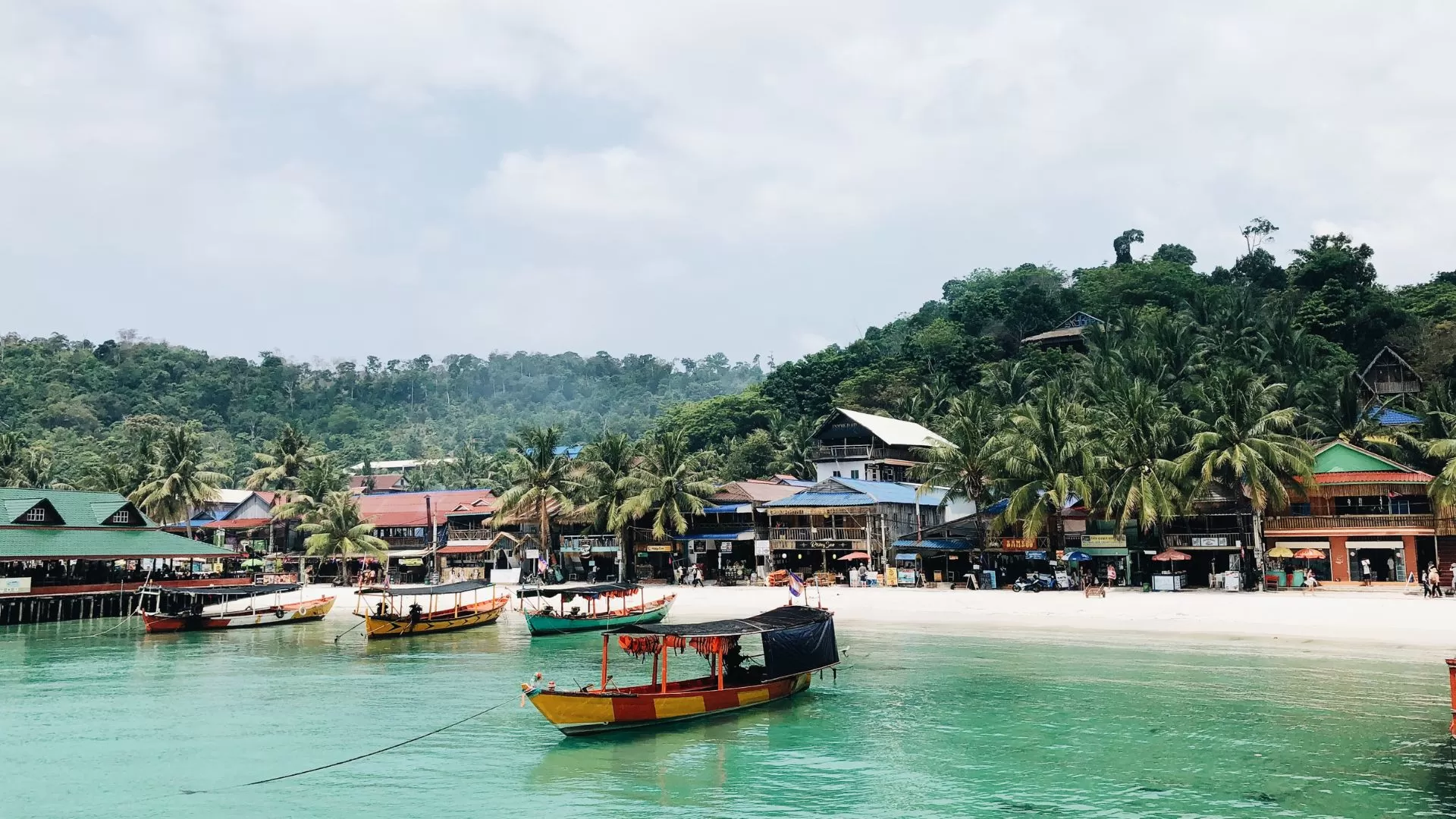
Sihanoukville is the country’s coastal hub, offering both lively beaches and access to idyllic islands.
Discover Sihanoukville:
Enchanting Beaches: From the serene Otres Beach to the bustling Ochheuteal Beach, Sihanoukville boasts some of Cambodia's most beautiful tropical shores.
Leu Pagoda: One of the most splendid Buddhist monuments in Sihanoukville, offering tranquility and cultural richness.
Golden Lions Roundabout: A spectacular roundabout at the heart of the city, a hub of activity and a landmark for visitors.
Phsar Leu Market: Explore this expansive covered market offering a variety of products, from textiles and street food to souvenirs and jewelry, all at affordable prices.
Wat Krom: A dazzling Buddhist temple, one of the city's five temples, showcasing exquisite architecture and serene surroundings.
Koh Ta Kiev: Escape the crowds and visit this unspoiled island, perfect for relaxation and nature exploration away from mass tourism.
Our handpicked Cambodia tours for your perfect trip
Cambodia is a land of timeless temples, vibrant traditions, and stunning natural beauty. To help you experience it at its best, Hanoi Voyages has carefully crafted handpicked Cambodia tours that blend cultural discovery, local encounters, and comfortable travel.
Cambodia tour 11 days
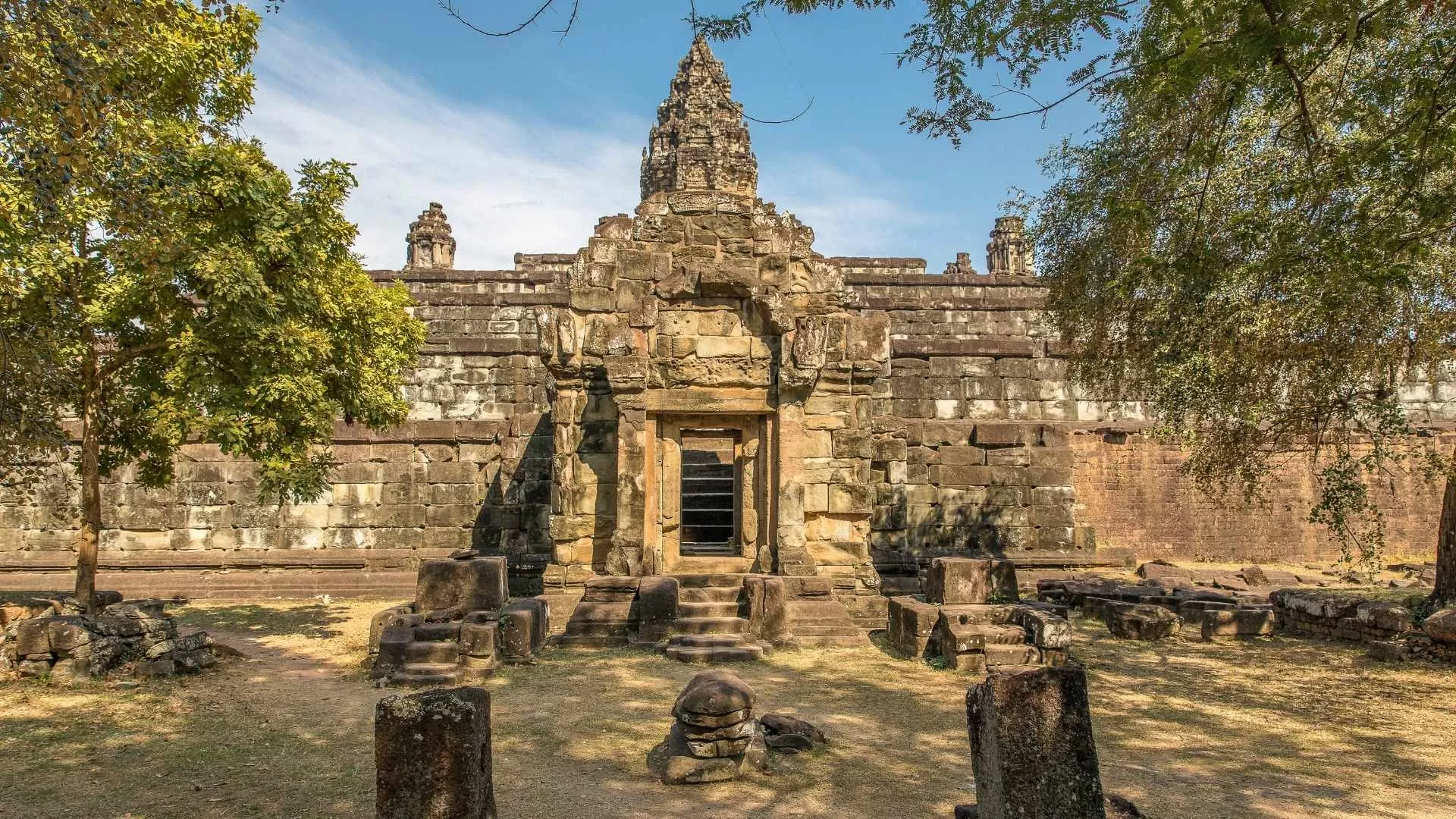 | 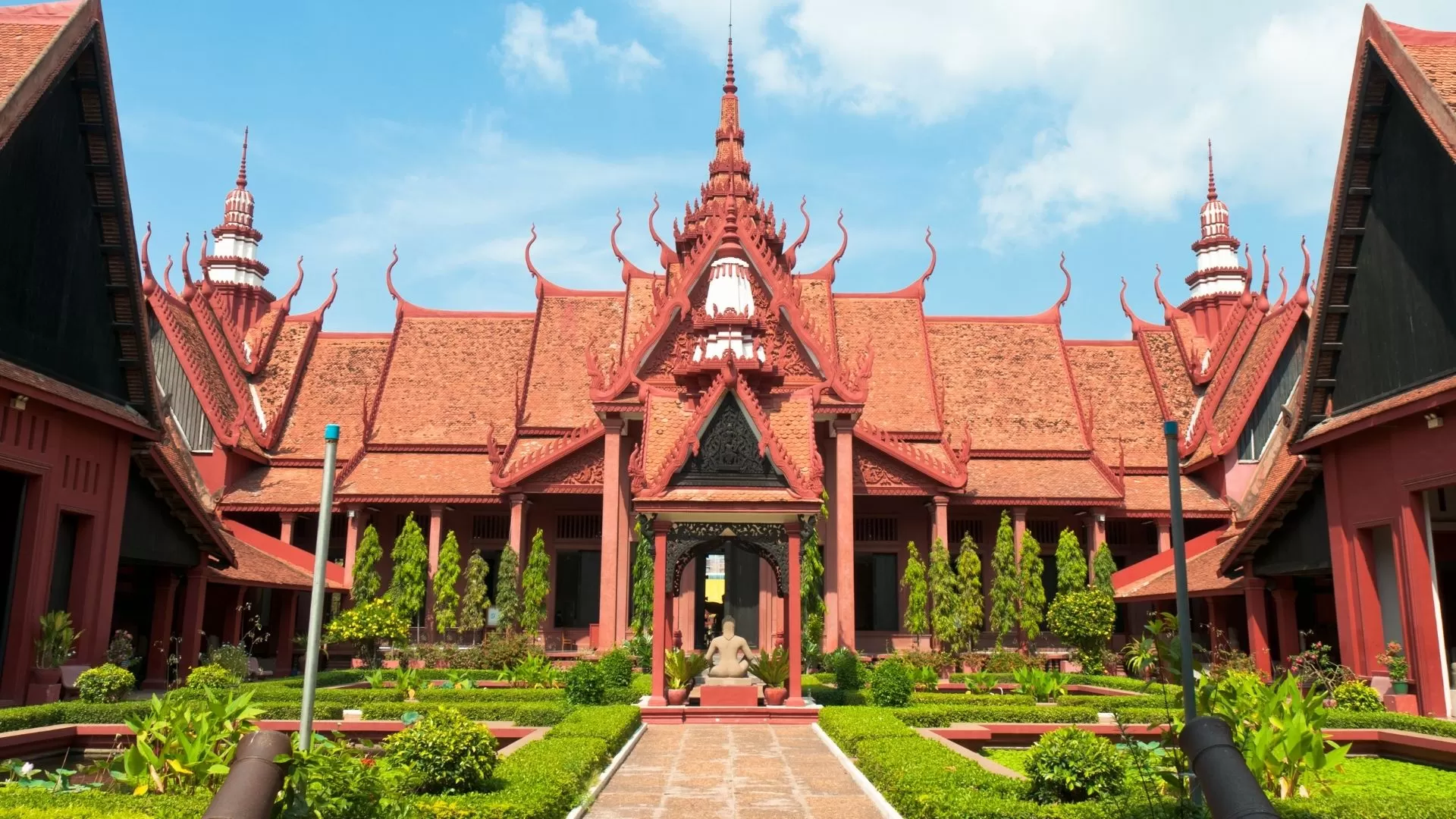 | 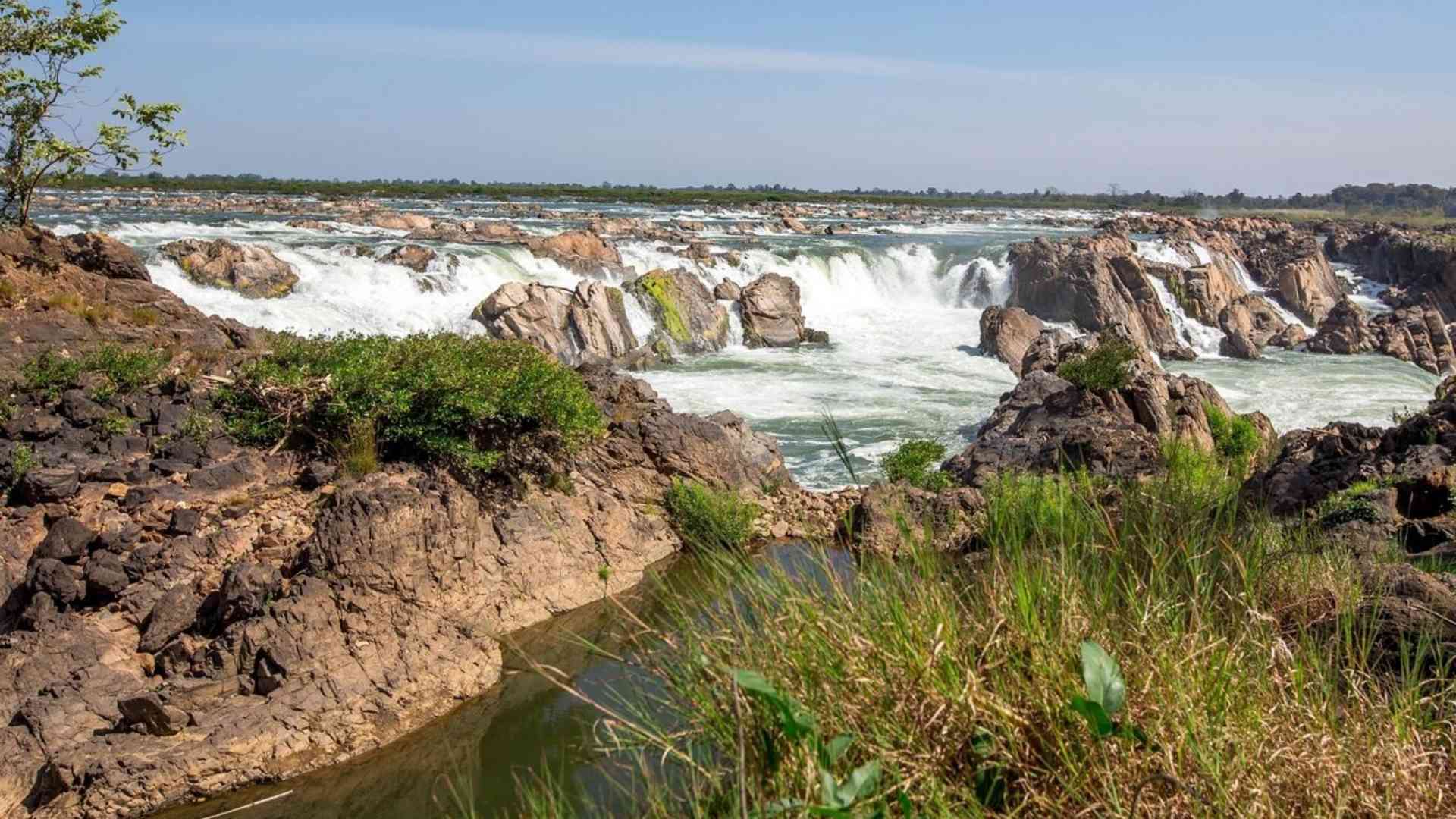 |
📍 Highlight destinations: Phnom Penh - Kratie - Stung Treng - Ratanakiri - Kampong Thom - Siem Reap
📌 Type of tour: Classic - Cambodia classic tour - Honeymoon - Cambodia honeymoon tour
|
|
More details: Panorama of Cambodia in 11 days
Cambodia tour 13 days
📍 Highlight destinations: Phnom Penh - Kampong Cham - Kampong Thom - Siem Reap - Battambang - Kampong Chhnang - Oudong
📌 Type of tour: Classic - Cambodia classic tour - Honeymoon - Cambodia honeymoon tour
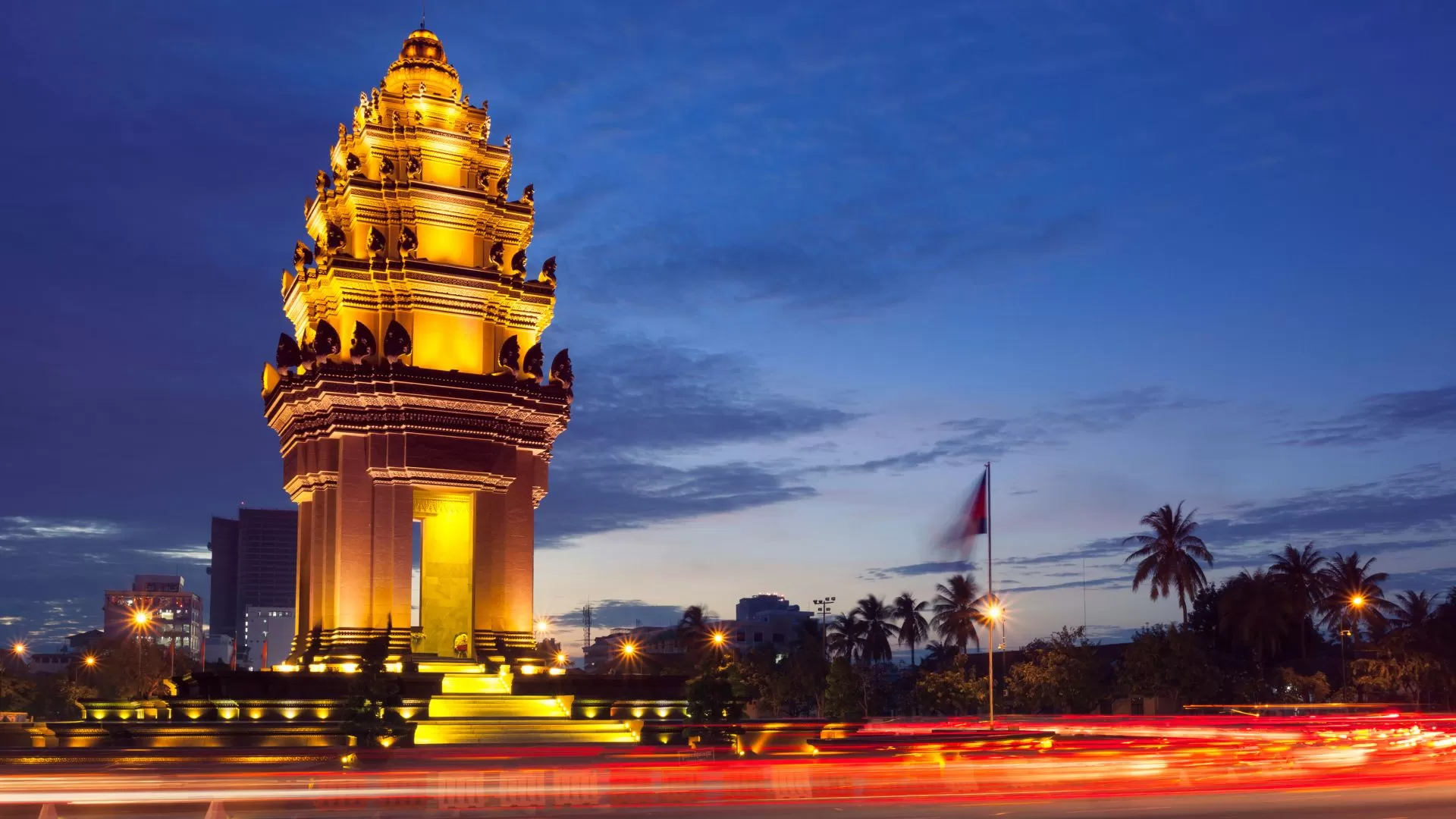 | Itinerary:
|
 |
|
For more details about this tour: Panorama of Cambodia in 13 days
Cambodia tour 17 days
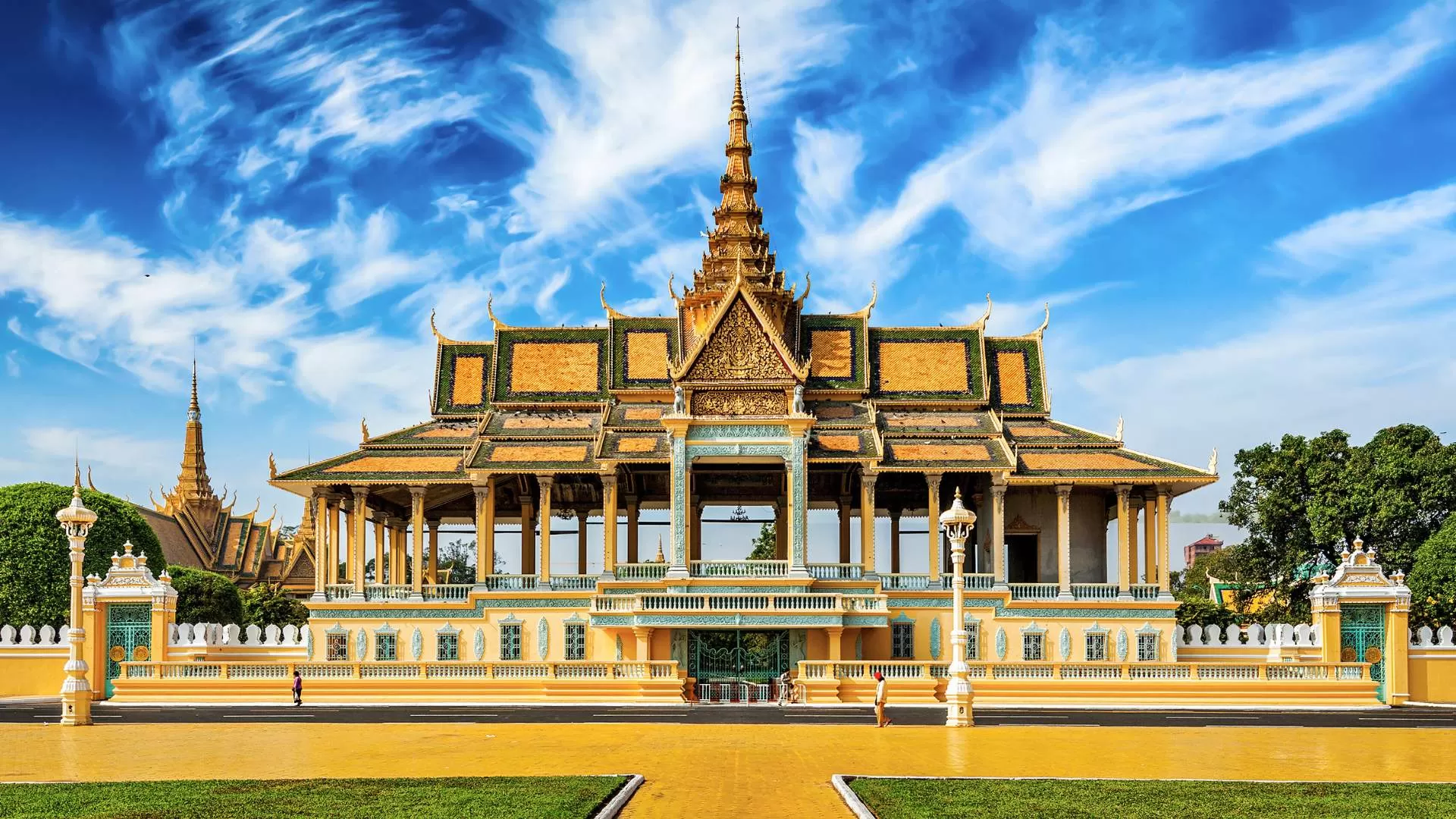 | 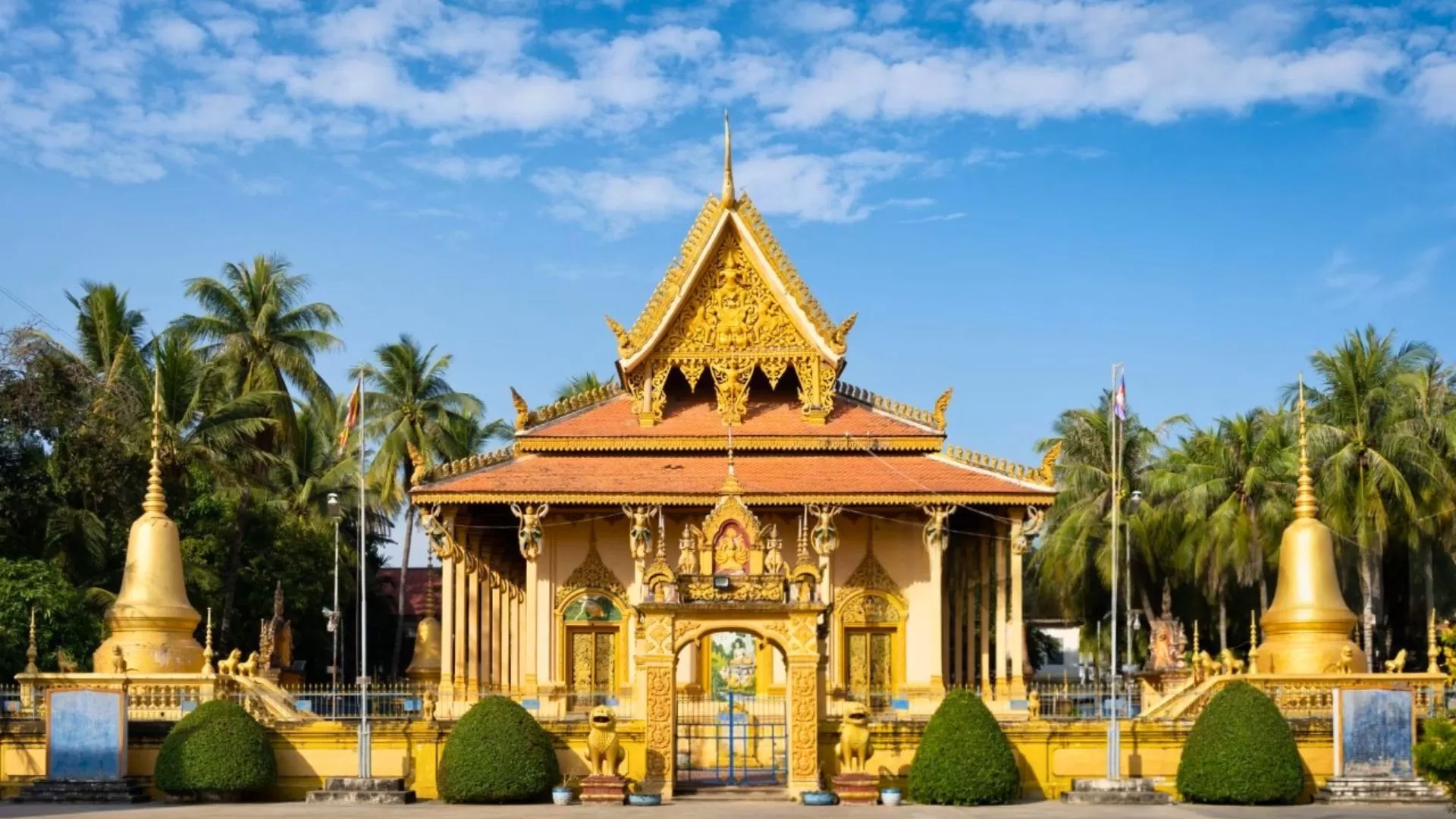 |
📍 Highlight destinations: Phnom Penh - Kratie - Mondulkiri - Ratanakiri - Kampong Thom - Siem Reap - Battambang - Kampong Chhnang - Oudong - Kampot - Sihanoukville
📌 Type of tour: Classic - Cambodia classic tour - Honeymoon - Cambodia honeymoon tour
Itinerary:
|
|
More details: Panorama of Cambodia in 17 days
Cambodia offers endless opportunities for discovery and inspiration. Let Hanoi Voyages craft the perfect Cambodia trip for you, with handpicked experiences and seamless service, ensuring every moment of your adventure is unforgettable. Contact us now!
Dream about your trip to Asia, in private
We are here to make it happen with youFREE QUOTE, WITHOUT OBLIGATION

